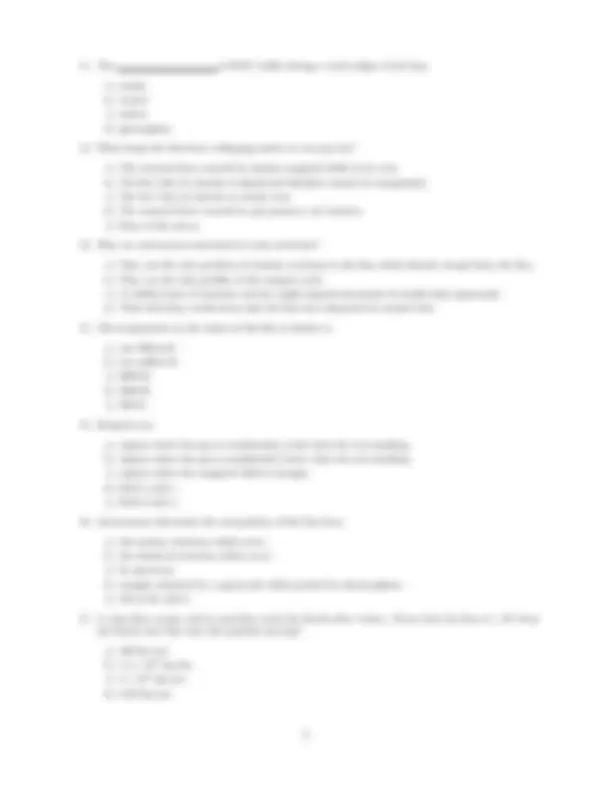



Study with the several resources on Docsity

Earn points by helping other students or get them with a premium plan


Prepare for your exams
Study with the several resources on Docsity

Earn points to download
Earn points by helping other students or get them with a premium plan
Community
Ask the community for help and clear up your study doubts
Discover the best universities in your country according to Docsity users
Free resources
Download our free guides on studying techniques, anxiety management strategies, and thesis advice from Docsity tutors
A university homework assignment for astronomy ii (astr 1020) during the spring 2008 semester. The assignment, given by professor richard ignace, includes 17 multiple-choice questions covering topics such as wien's law, stefan-boltzmann law, blackbodies, doppler shift, the bohr atom, densities of celestial bodies, telescopes, and solar neutrinos. Students are required to use a calculator, a pencil, and a scantron to complete the assignment, which is due at the beginning of class on february 12, 2008.
Typology: Assignments
1 / 3

This page cannot be seen from the preview
Don't miss anything!


Astronomy II (Astr 1020) Spring 2008 Prof Richard Ignace
Notes:
You will need a calculator, a pencil, and a standard scantron.
Each question has one correct answer. Choose the best answer for each. Mark your answer on the scantron.
This homework is due at the beginning of class on February 12. Late homeworks will not be accepted.
a) C b) Fe c) He d) O e) N